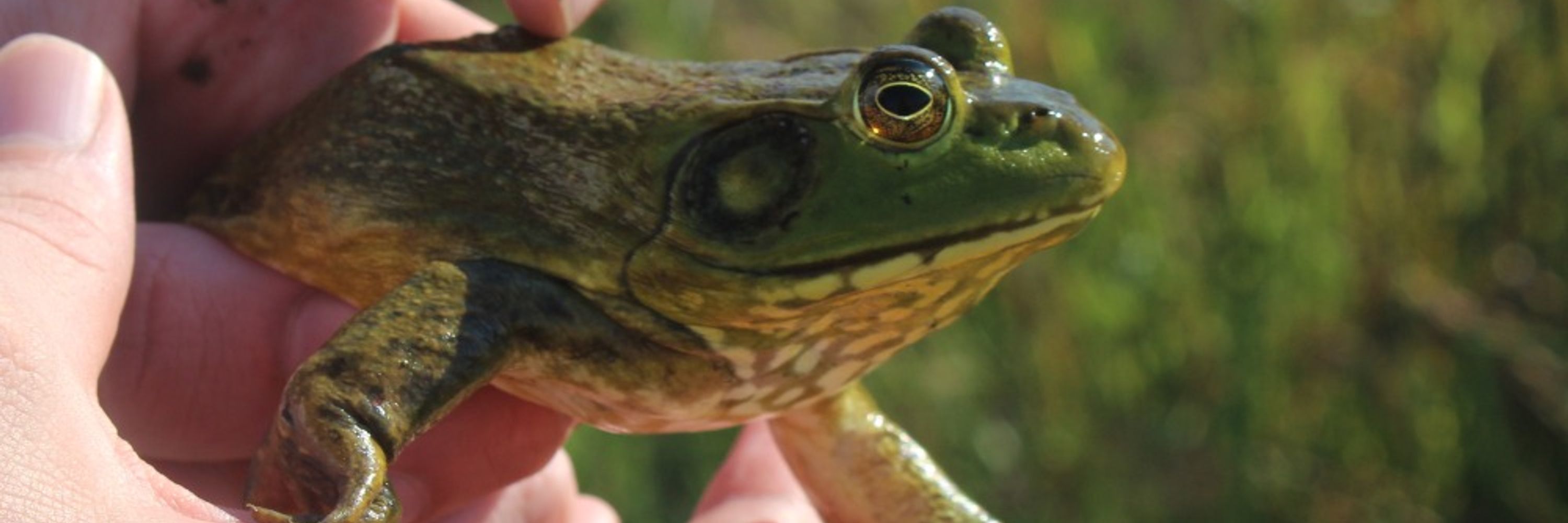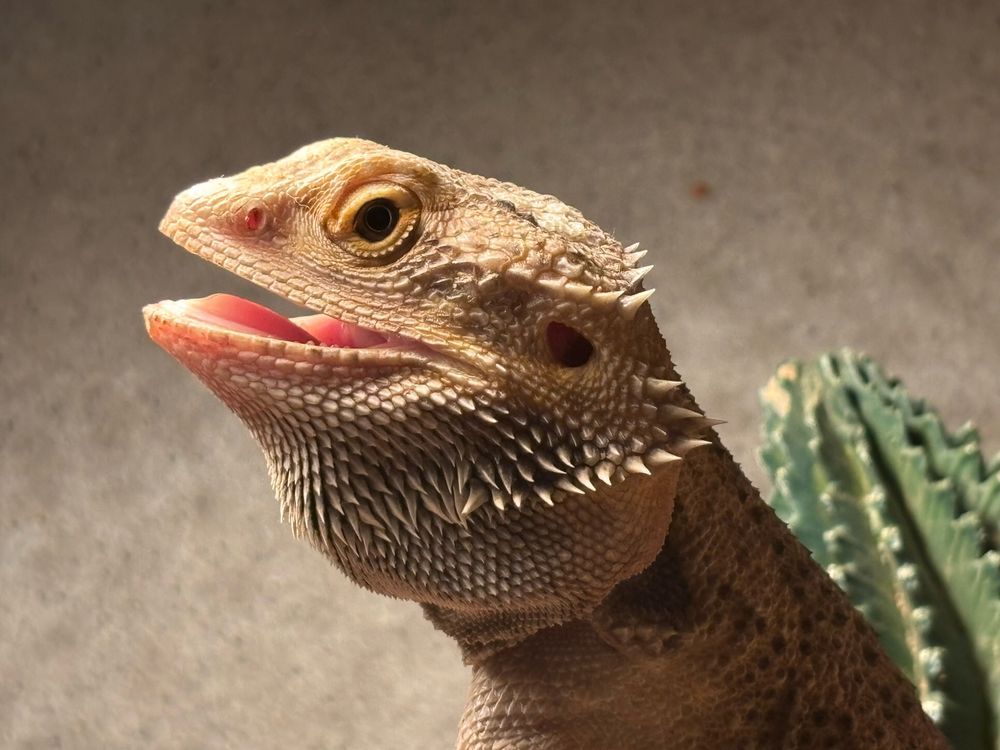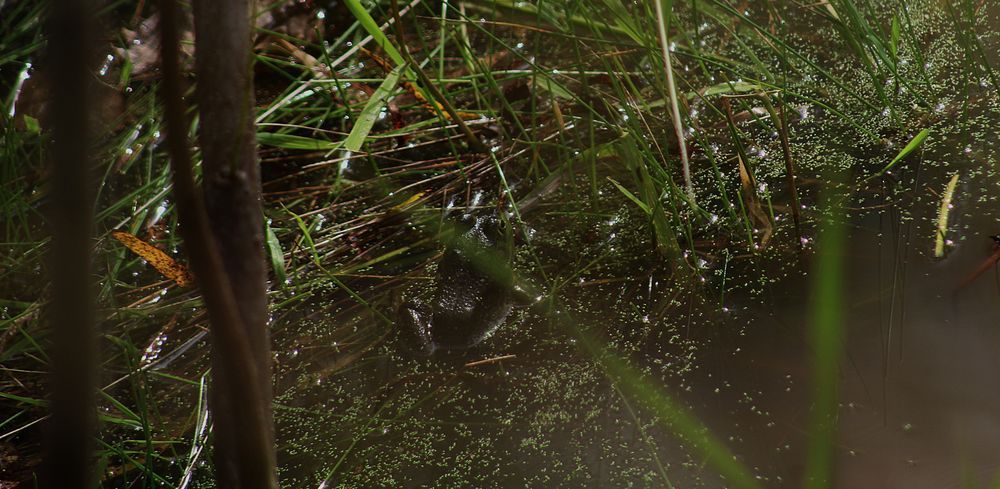Adam is Gone Froggin
@gonefroggin.bsky.social
520 followers
47 following
350 posts
Naturalist posting about frogs, amphibians, and all types of animals. Home of the Frog of the Week. he / him 🐸
Posts
Media
Videos
Starter Packs
Reposted by Adam is Gone Froggin


























